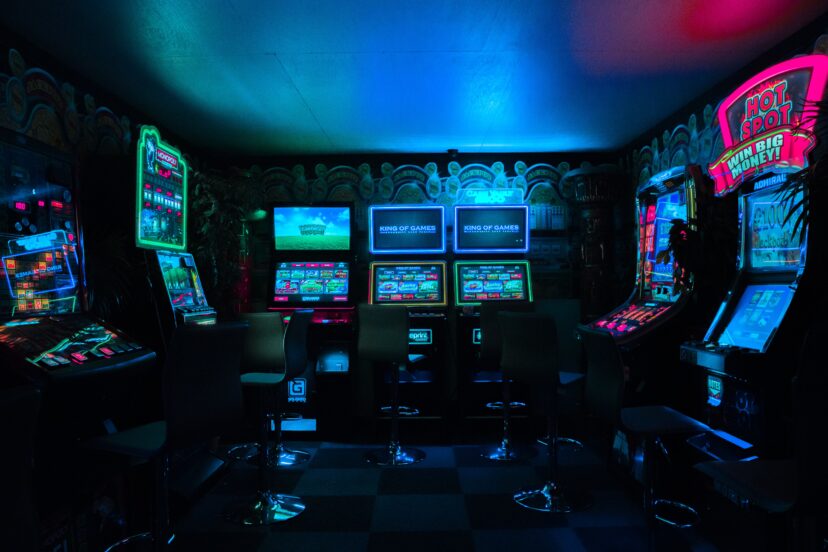How Do I Calibrate My Gaming Monitor For Best Performance? 5 Important Steps
If you’re an avid gamer, you know the importance of having a gaming monitor that delivers the best performance. But with a plethora of options available, it can be overwhelming to figure out how to calibrate your monitor effectively. The good news is, calibrating your gaming monitor is easier than you think. In this article, we will guide you through simple steps to help you optimize your monitor’s performance, ensuring you never miss a single detail of your gaming world. So sit back, relax, and get an answer to the question, “How Do I Calibrate My Gaming Monitor For Best Performance?”
Understanding Monitor Calibration
Importance of Monitor Calibration
Having a properly calibrated gaming monitor is crucial to ensure the best performance and an optimal viewing experience. By calibrating your monitor, you can achieve accurate and consistent colors, improved image sharpness, and overall better visual quality. Whether you are a casual gamer or a professional, monitor calibration plays a vital role in enhancing your gaming experience.
What is Monitor Calibration?
Monitor calibration is the process of adjusting various settings and parameters on your gaming monitor to achieve accurate and true-to-life colors, brightness, contrast, gamma, and other visual factors. Over time, monitors may exhibit color shifts, uneven brightness, and inaccurate color representations. By calibrating your monitor, you can rectify these issues and ensure that the visuals displayed on your screen are accurate, vibrant, and true to the original content.
Benefits of Calibrating Your Gaming Monitor
- Accurate Color Representation: Calibrating your gaming monitor ensures that the colors you see on the screen match the colors intended by game developers or content creators. This accuracy enhances your overall gaming experience and allows you to fully appreciate the artistic vision behind the games.
- Improved Image Sharpness: Calibration helps to fine-tune your monitor, resulting in sharper and more detailed images. This can be especially beneficial in games with intricate environments, textures, or small details that may otherwise appear blurry or washed out.
- Consistent Viewing Experience: By calibrating your monitor, you can ensure consistency in color and image quality across different games, applications, or media. This consistency eliminates any visual discrepancies and allows you to fully enjoy your gaming sessions without distractions.
- Reduced Eye Strain: Proper monitor calibration can help in reducing eye strain and fatigue. This is achieved by adjusting the brightness and contrast levels to optimal standards, minimizing discomfort during extended gaming sessions.
Setting Up Your Gaming Monitor
Adjusting Brightness and Contrast
The first step in setting up your gaming monitor is to adjust the brightness and contrast levels. The default settings of your monitor may not be ideal for gaming, as they are often set to conserve energy, resulting in a dim and washed-out appearance. Adjusting the brightness and contrast allows you to achieve a balanced level of luminosity and improve image clarity.
To adjust these settings, refer to the monitor’s on-screen display (OSD) menu. Navigating through the menu, you can locate the options to adjust brightness and contrast. Start by increasing the brightness until the screen appears comfortably illuminated, without any loss of detail. Next, adjust the contrast to ensure a satisfactory balance between light and dark areas of the image.
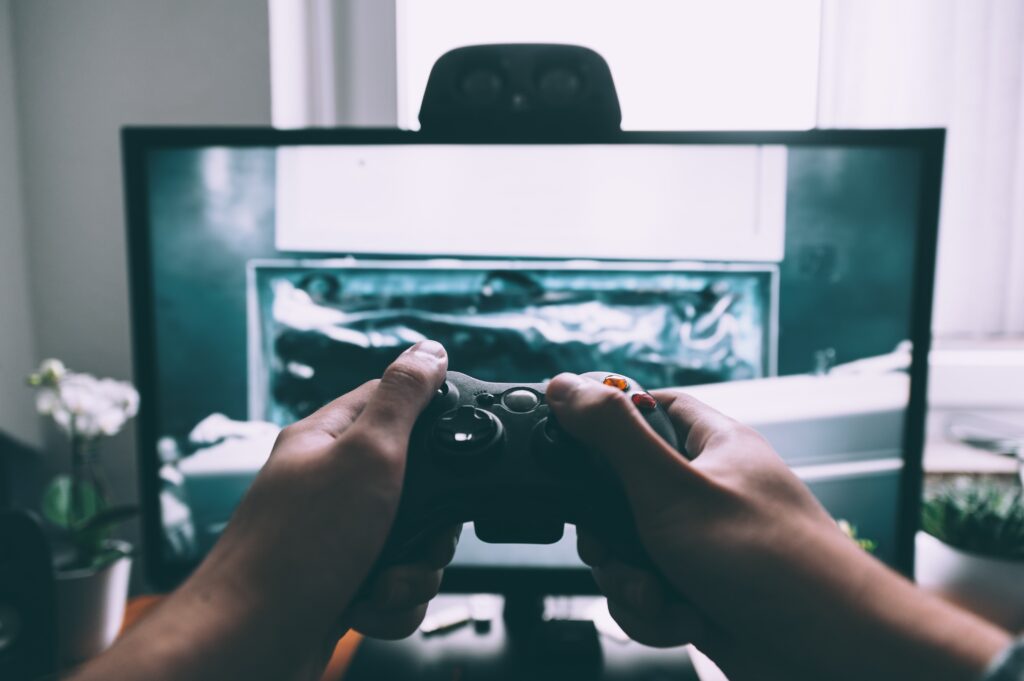
Setting Color Temperature
Color temperature refers to the overall warmth or coolness of the colors displayed on your gaming monitor. It is typically measured in Kelvin (K). Adjusting the color temperature helps you achieve accurate color reproduction and match the intended mood or atmosphere of the game.
Within the OSD menu, look for the color temperature settings. Common options include “Warm,” “Neutral,” and “Cool.” Warm settings tend to have a reddish tint, while cool settings lean towards a bluish tint. Experiment with different presets to find the one that suits your preference and the content you are currently viewing.
Configuring Gamma Settings
Gamma refers to the brightness distribution across different shades of gray. Proper gamma adjustment is crucial for accurately displaying details in darker or lighter areas of the image. Monitor gamma typically ranges from 1.8 to 2.2, with 2.2 being the most common setting.
To configure gamma settings, locate the option within the OSD menu. If your monitor provides individual RGB gamma controls, adjust them simultaneously to maintain overall color accuracy. It is recommended to start with the default gamma setting and make gradual adjustments if necessary.
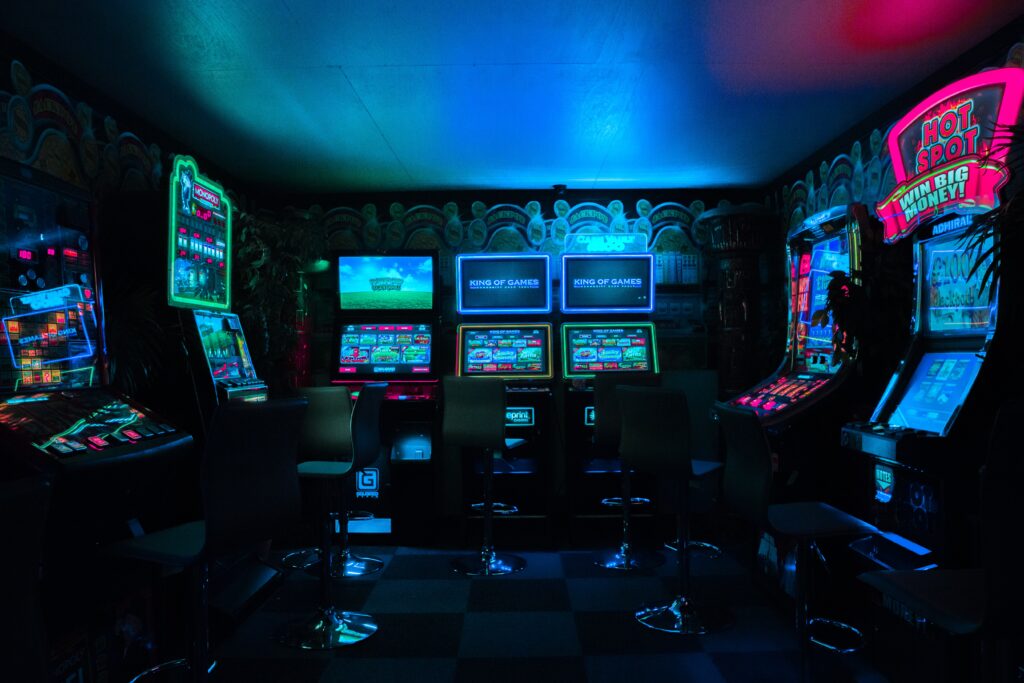
Choosing the Right Color Space
Color space refers to the range of colors that a display can reproduce. The most commonly used color space for gaming monitors is sRGB. However, if you are working with content that requires a wider color gamut, such as professional photo editing or video production, you might consider using a monitor with a wider color space, such as Adobe RGB or DCI-P3.
Verify the color space options available on your gaming monitor through the OSD menu. Choose the appropriate color space that best suits your gaming needs or the specific content you engage with. Remember that wider color spaces require proper software and hardware support to fully utilize their benefits.
Using Calibration Tools
Hardware Calibration Tools
Hardware calibration tools, such as colorimeters, are devices designed to measure and adjust various visual parameters of your gaming monitor. They are widely used by professionals who require accurate color reproduction, such as photographers, graphic designers, and video editors.
To use a hardware calibration tool, you typically need to connect it to your computer and follow the provided software instructions. The device will display a series of color patches on the screen and measure their accuracy using its built-in sensors. Then, it will generate a calibration profile that you can apply to your gaming monitor to achieve accurate colors.
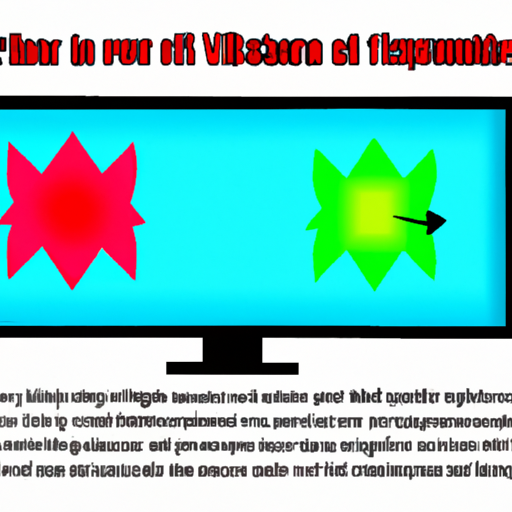
Software Calibration Tools
Software calibration tools provide an alternative approach to monitor calibration. They utilize software applications that allow you to manually adjust your monitor settings, guided by on-screen instructions or visual cues. While not as precise as hardware calibration tools, software tools can still offer significant improvements in color accuracy and image quality.
There are several software options available for monitor calibration, both free and paid. Some popular choices include DisplayCAL, CalMAN, and X-Rite i1Profiler. These tools often provide step-by-step instructions and visual references to guide you in adjusting your monitor for optimal performance.
Calibrating Your Monitor Manually
Using Built-in Monitor Controls
Most gaming monitors come equipped with built-in controls that allow you to make adjustments to the display settings directly. These controls are usually physical buttons or a joystick located on the bezel of the monitor. Though not as precise as calibration tools, they still offer a good level of control over the monitor’s settings.
Refer to your monitor’s user manual to understand the functions and operation of these controls. It typically involves accessing the OSD menu, navigating through the options, and making adjustments to various parameters, such as brightness, contrast, color temperature, and gamma. Take your time to experiment and find the settings that deliver the best visual experience for your gaming needs.
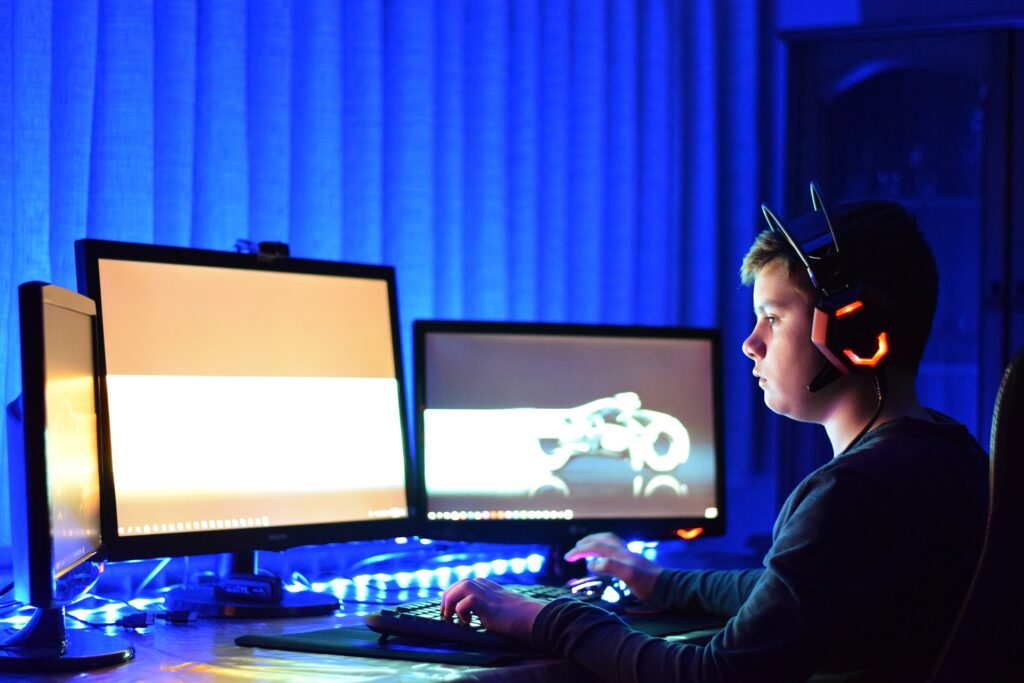
Changing Display Settings on Windows
Windows operating system provides built-in display settings that allow you to adjust various visual aspects of your gaming monitor. To access these settings, right-click on the desktop and select “Display settings” or “Graphics options,” depending on your version of Windows.
Within the display settings, you can customize parameters such as brightness, contrast, color temperature, and gamma. Additionally, Windows provides a color calibration wizard that guides you through the process of adjusting color balance, grayscale, and gamma settings to achieve enhanced color accuracy.
Adjusting Display Settings on Mac
Mac users can access display settings through the “System Preferences” menu. Click on the Apple menu at the top left corner of the screen and select “System Preferences.” From there, choose “Displays” to access the display settings.
On Mac, you can adjust brightness, contrast, color temperature, and gamma directly within the display settings panel. Additionally, Mac provides a built-in calibration assistant that assists you in achieving accurate color representation by adjusting various visual parameters step by step.
Testing and Fine-tuning
Checking Color Accuracy
To ensure proper calibration, it is essential to verify the color accuracy of your gaming monitor. Several online resources and software tools are available that provide color accuracy tests and comparison images. These tests assess the monitor’s ability to accurately represent colors across different hues, saturations, and shades.
It is a good practice to run these tests periodically after calibrating your monitor or making any significant changes to the display settings. By performing regular color accuracy checks, you can identify any deviations and fine-tune your monitor accordingly to maintain optimal performance.
Testing for Image Sharpness
Image sharpness is another critical aspect of monitor calibration. To test for image sharpness, you can use various visual resources, including high-resolution images, text, or gaming scenes with fine details. Carefully evaluate the clarity and crispness of the displayed content to ensure a well-calibrated monitor.
Pay attention to any signs of blurriness, pixelation, or loss of detail. If you notice any issues, consider revisiting the monitor’s sharpness settings or adjusting the scaling options in your operating system to achieve the desired level of image clarity.
Evaluating Viewing Angles
Another important factor to consider during monitor calibration is viewing angles. Ideally, your gaming monitor should display consistent colors and image quality, regardless of your viewing position. This is especially significant if you often collaborate with others or frequently change your sitting position while gaming.
To evaluate viewing angles, position yourself at different angles relative to the screen and observe any visible changes in color accuracy, brightness, or contrast. Well-calibrated monitors typically exhibit minimal variations from different viewing positions, ensuring a consistent visual experience for everyone involved.
Utilizing Professional Calibration Services
Benefits of Professional Calibration
While manual calibration methods can yield significant improvements, professional calibration services offer additional expertise and precision in achieving the best possible performance from your gaming monitor. Professional calibrators have access to advanced equipment and knowledge of industry standards, ensuring accurate and reliable results.
Some key benefits of professional calibration include:
- Precision and Accuracy: Professional calibrators utilize specialized hardware and software tools that are more precise and accurate than consumer-grade solutions. This ensures the highest level of calibration and guarantees optimal performance.
- Customization and Expert Advice: Professionals can tailor the calibration settings to your specific needs, taking into account factors such as ambient lighting, your gaming preferences, and the content you engage with. They can provide expert advice on optimizing your gaming setup for the best visual experience.
- Time and Convenience: Professional calibration services save you time and effort by handling the entire calibration process for you. They have the expertise to quickly and efficiently calibrate your gaming monitor, allowing you to focus on enjoying your games without the hassle of manual adjustments.
How to Choose a Calibration Service
When selecting a professional calibration service, consider the following factors:
- Experience and Expertise: Look for calibration services with a proven track record and positive reviews from satisfied customers. Check if they specialize in gaming monitor calibration or have experience in the gaming industry.
- Accurate Calibration Tools: Ensure that the calibration service uses industry-standard hardware and software tools for accurate and reliable results. Inquire about the specific tools they utilize and their compatibility with your gaming monitor.
- Cost and Location: Consider the cost of the calibration service and whether it fits within your budget. Additionally, ensure that the service is conveniently located or offers remote calibration options, minimizing any logistical challenges.
- Additional Services: Some calibration services may offer supplementary services, such as display profiling, color correction, or personalized setup guidance. Evaluate these offerings based on your specific requirements and the level of customization you desire.
Maintaining Monitor Calibration
Regular Calibration Checks
Monitor calibration is not a one-time process; it requires regular monitoring and adjustments to maintain optimal performance. Factors such as aging of the monitor, changes in ambient lighting, or software updates can impact the calibration settings over time.
Make it a habit to periodically check your gaming monitor’s calibration. Perform color accuracy tests, evaluate image sharpness, and recheck the display settings to ensure that they continue to meet your desired standards. This proactive approach will help maintain a consistent and enjoyable gaming experience.
Adjusting for Ambient Lighting Changes
Ambient lighting conditions can have a significant impact on how your gaming monitor appears. Changes in natural light or the introduction of artificial lighting sources can affect the perception of color accuracy and overall image quality. This is particularly relevant for gamers who prefer playing in different environments or at different times of the day.
Monitor calibration should consider and adapt to these lighting changes. Ideally, you should calibrate your monitor under the typical lighting conditions in which you use it. If you frequently switch between environments, you may need to adjust the monitor’s brightness, color temperature, or contrast settings accordingly to compensate for the varying ambient lighting conditions.
Troubleshooting Calibration Issues
Common Calibration Problems
While calibrating your gaming monitor, you may encounter some common issues that can affect the accuracy and effectiveness of the calibration process. Being aware of these problems can help you troubleshoot and address them effectively. Some common calibration problems include:
- Uniformity Issues: Uneven brightness or color across the monitor’s surface can impact calibration results. This can be caused by monitor aging, backlight inconsistencies, or manufacturing defects.
- Limited Monitor Controls: Some gaming monitors may have limited control options, preventing precise adjustments for optimal calibration. In such cases, software calibration tools may provide additional customization options.
- Technical Limitations: Certain gaming monitors may have inherent technical limitations that prevent achieving perfect calibration results. These limitations can include limited color gamut, narrow viewing angles, or slower response times.
Solutions to Calibration Issues
If you encounter any calibration problems, here are a few solutions to consider:
- Monitor Replacement: In severe cases of uniformity issues or technical limitations, replacing the monitor with a more capable model may be necessary to achieve optimal calibration and visual performance.
- Third-Party Calibration Devices: If your monitor’s built-in controls or software solutions are insufficient for calibration, consider investing in third-party calibration devices or professional calibration services for achieving higher accuracy and precision.
- Software Updates: Check for firmware or driver updates specific to your gaming monitor. These updates may resolve known calibration issues or provide additional calibration settings to address specific problems.
- Technical Support: Contact the manufacturer’s technical support for guidance on resolving calibration issues. They can offer specific troubleshooting steps, advice, or even repairs if necessary.
By understanding these calibration issues and implementing the appropriate solutions, you can overcome any obstacles that may arise during the calibration process and achieve optimal performance from your gaming monitor.
How Do I Calibrate My Gaming Monitor For Best Performance: In A Nutshell
Importance of Calibration
How Do I Calibrate My Gaming Monitor For Best Performance? If you’ve found yourself asking this question, you’re already on the right track. Calibration isn’t just a one-time setup; it’s a recurring practice that can profoundly impact your gaming experience. Correct calibration ensures that the colors on your screen are not only vibrant but also accurate, elevating the visuals of your games to the next level.
Manual Vs. Professional Calibration
There are different paths to achieve an optimal visual setup. Some gamers prefer manual calibration using built-in controls and software tools. This approach allows you to fine-tune your display according to your preferences and the specific lighting conditions of your gaming space. On the other hand, professional calibration services offer specialized equipment and expertise, ensuring a highly precise and standardized outcome.
Long-Term Maintenance
Don’t forget that monitor calibration is not a ‘set and forget’ procedure. To maintain optimal visual performance, it’s wise to perform regular checks and minor adjustments. Changing lighting conditions, software updates, or even the gradual aging of your monitor can drift your settings off course. Periodic calibration ensures that you’re always getting the most out of your gaming monitor.
Enhanced Gaming Experience
In the end, a well-calibrated gaming monitor allows you to immerse yourself in a world of vivid colors, deep blacks, and exceptional detail. From the piercing blue of a digital sky to the nuanced shadows in a dungeon, every aspect of your gaming world becomes more engaging and lifelike.
Final Thoughts
So, how do I calibrate my gaming monitor for best performance? The answer involves a mix of your preferences, regular maintenance, and sometimes even professional help. By understanding and applying these principles, you set yourself up for an enriched, immersive gaming experience like never before.

